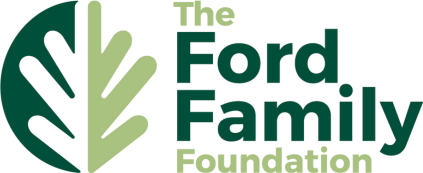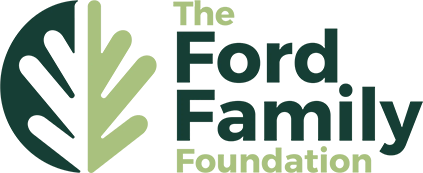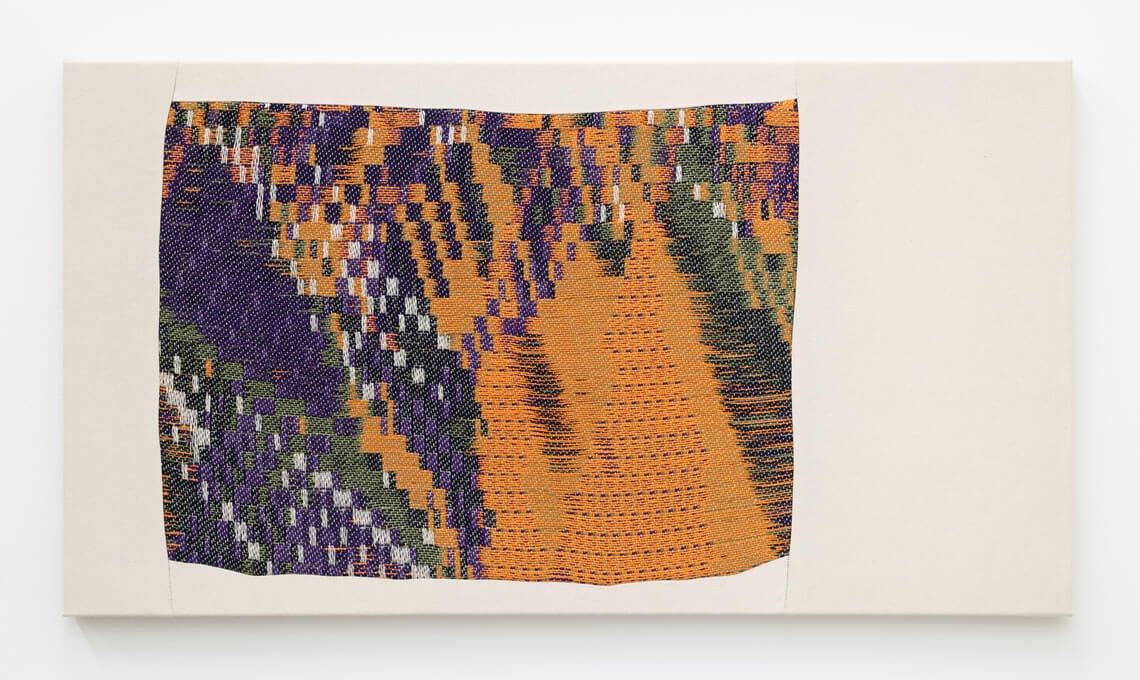For Eugene artist Jovencio de la Paz, weaving is more than a medium.
For Eugene artist Jovencio de la Paz, weaving is more than a medium. It’s an ancient craft with an important place in civilization’s history. It’s a place to share experiences, to have important conversations. And it’s an activity that builds community with people from very diverse backgrounds.
“Weaving is very different than other forms of art, in that the room is a giant workshop,” says de la Paz, an assistant professor of art and the curricular head of Fibers at University of Oregon. “Inevitably, when you spend hundreds of hours together in a space like that, you share stories. There is a possibility for intimacy and storytelling that doesn’t happen enough among diverse individuals—politically, economically, racially.”
De la Paz recently received a USA Fellowship from United States Artists, awarded in 2022 to 63 thinkers and makers across the country. The prestigious award comes with an unrestricted $50,000 grant that recognizes artists for their contributions to the field. This fellowship is supported by The Ford Family Foundation, in recognition of the important role that arts play in our state and in honor of founder Hallie Ford’s legacy.
Connection through weaving and technology
The path de la Paz took to find their passion wasn’t as straight as the weft threads on the looms. “I thought I was going to be a painter,” de la Paz explains. “I was in an art program in Chicago but found that the primary conversations about identify, race, gender—those were not happening so much in painting.”
De la Paz found the conversations they were looking for in weaving. “With textiles, I can talk about my own identity, and it’s a place that supports conversations about labor, gender, race.”
Those conversations were rooted in the rich history of weaving. For example, indigo dye, with its origins in Africa, is an integral part of the history of colonization and slavery in the United States.
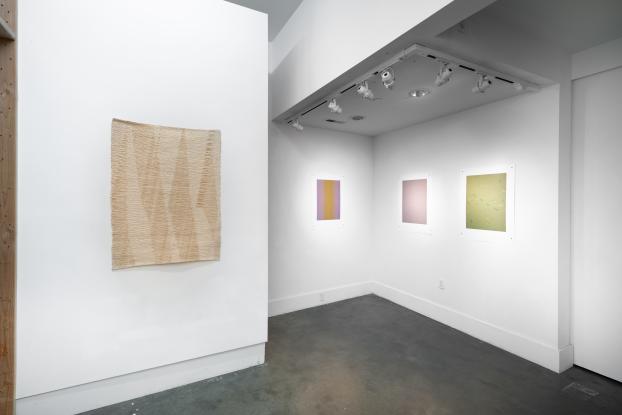
“Cumulative Shadow, Holding Contemporary”
As de la Paz learned the technical skills of weaving, sewing and working with dyes, they became very interested in the histories and stories—the community—beyond the processes. “Weaving is such an ancient way of working,” they say. “It touches so many societies, so many narratives, so many historic threads of research to follow.”
One of those historic threads has to do with computers. The 17th-century Jacquard loom was the first machine to operate using punch cards, just like early IBM computers. Researching the intersecting histories of weaving and modern computers brought de la Paz to their current project, writing software that generates designs for a digital loom. De la Paz is both the textile artist and computer engineer—a self-described “nerd supreme.”
The search for common ground
Founder Hallie Ford recognized the critical role visual arts play in supporting community well-being. The Visual Arts Program aims to enhance many dimensions of Oregon’s broad visual arts ecology, including supports for the state’s most promising visual artists. In Oregon and Siskiyou County, Calif., communities’ narratives are evolving in recognition of the importance of diverse voices who shape thought and leadership. For example, the artists that attend de la Paz’s workshops on the University of Oregon campus and across the country are widely diverse, coming from all different economic and societal backgrounds. Some are young; some are old. Some are skilled textile artists and some are venturing into fiber arts for the first time.
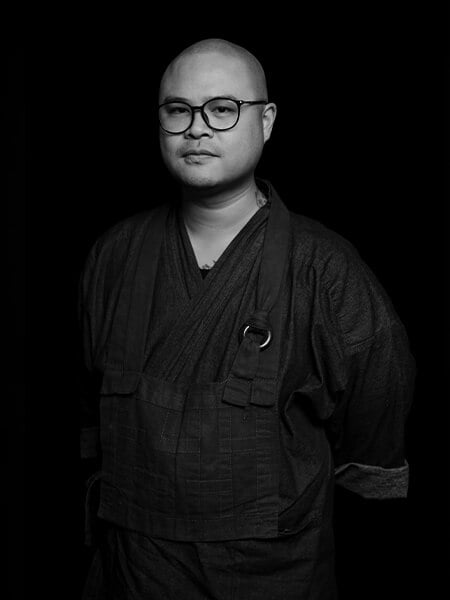
Jovencio de la Paz was born in Singapore in 1986 and immigrated to Oregon with their family at age 2. After growing up in Portland and Gresham, de la Paz received a Master of Fine Art in Fibers from the Cranbrook Academy of Art, and a Bachelor of Fine Art with an emphasis on Fiber and Material Studies from the School of the Art Institute of Chicago. They returned to Oregon in 2015 to work at the University of Oregon. PHOTO: Sam Gehrke
“Through my work as a teacher, I have this amazing opportunity to see how a craft like weaving is so important to people of different backgrounds,” says de la Paz.
To hear de la Paz speak of the community their workshops and art inspires is to take a step closer to our region’s diverse and interconnected future.
“Weaving is a rare situation where multigenerational people from all kinds of realities can co-exist together around something,” they explain. “Something about the communal work of making art… people are searching for common ground and not realizing it until they are put in a workshop.”
Join us as we create more spaces for common ground through education, community building and, of course, the visual arts. Learn more about de la Paz’s creative practice and the Foundation’s Visual Arts Program.
